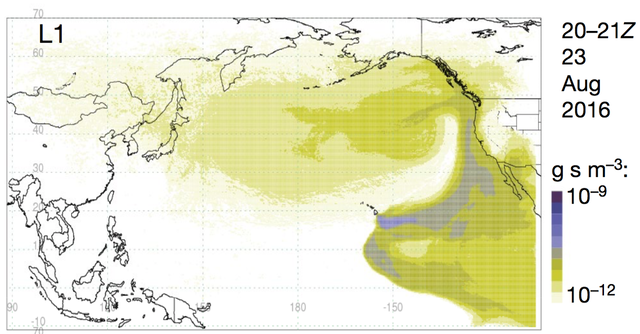SOURCE: Nature and The Outline
DATE: May 28, 2018
SNIP: The Montreal Protocol was designed to protect the stratospheric ozone layer by enabling reductions in the abundance of ozone-depleting substances such as chlorofluorocarbons (CFCs) in the atmosphere. The reduction in the atmospheric concentration of trichlorofluoromethane (CFC-11) has made the second-largest contribution to the decline in the total atmospheric concentration of ozone-depleting chlorine since the 1990s. However, CFC-11 still contributes one-quarter of all chlorine reaching the stratosphere, and a timely recovery of the stratospheric ozone layer depends on a sustained decline in CFC-11 concentrations.
A simple model analysis of our findings suggests an increase in CFC-11 emissions of 13 ± 5 gigagrams per year (25 ± 13 per cent) since 2012, despite reported production being close to zero since 2006. The increase in emission of CFC-11 appears unrelated to past production; this suggests unreported new production, which is inconsistent with the Montreal Protocol agreement to phase out global CFC production by 2010.
“I’ve been making measurements of long-lived gases in the atmosphere for nearly three decades. And this is the most surprising and unexpected thing I’ve seen.” — Stephen Montzaka, a chemist who studies and monitors CFCs for The National Oceanic and Atmospheric Association (NOAA)

